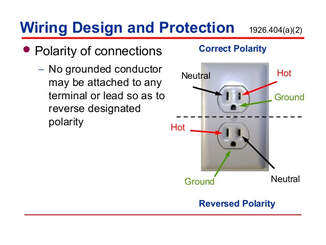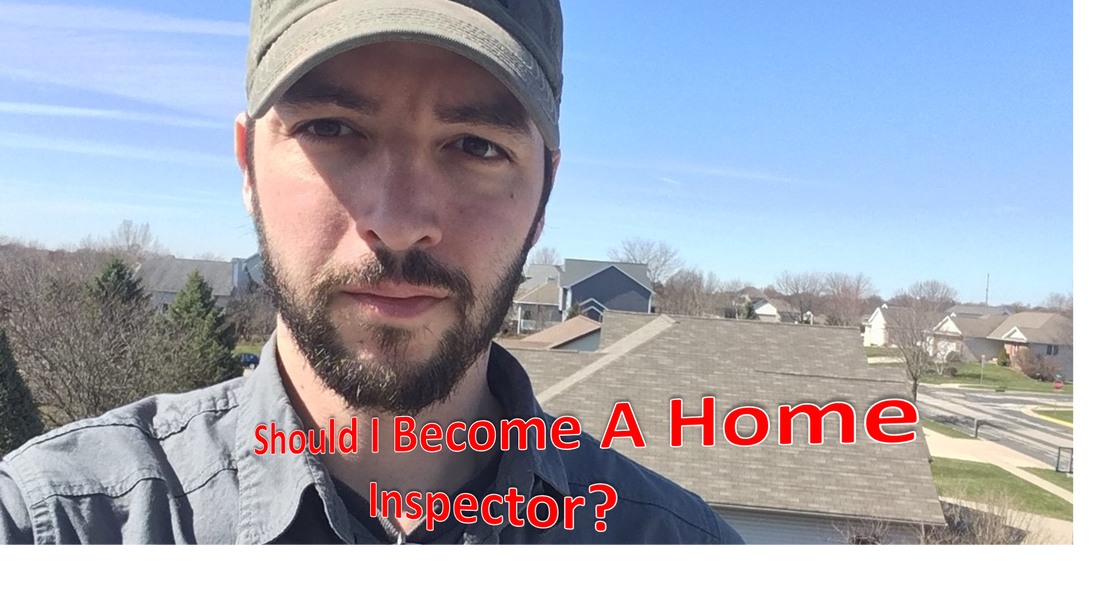The information provided by this website is for the personal, non-commercial use of consumers and may not be used for any other purpose. Data provided through this website to Oracle Home Inspection ™ is private and confidential including personal information of clients and prospective clients.
© 2019 Oracle Home Inspection™. All rights reserved




 RSS Feed
RSS Feed
